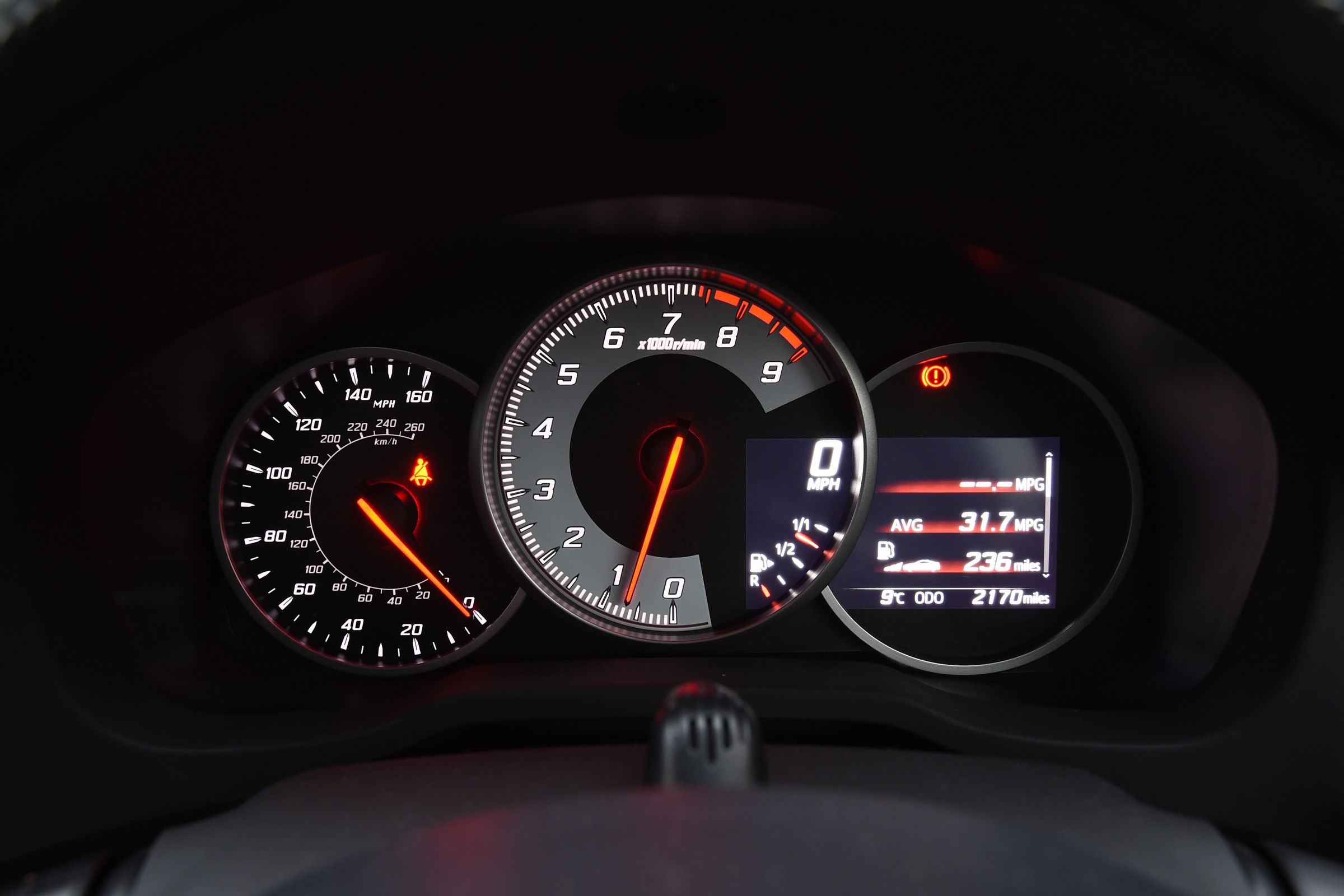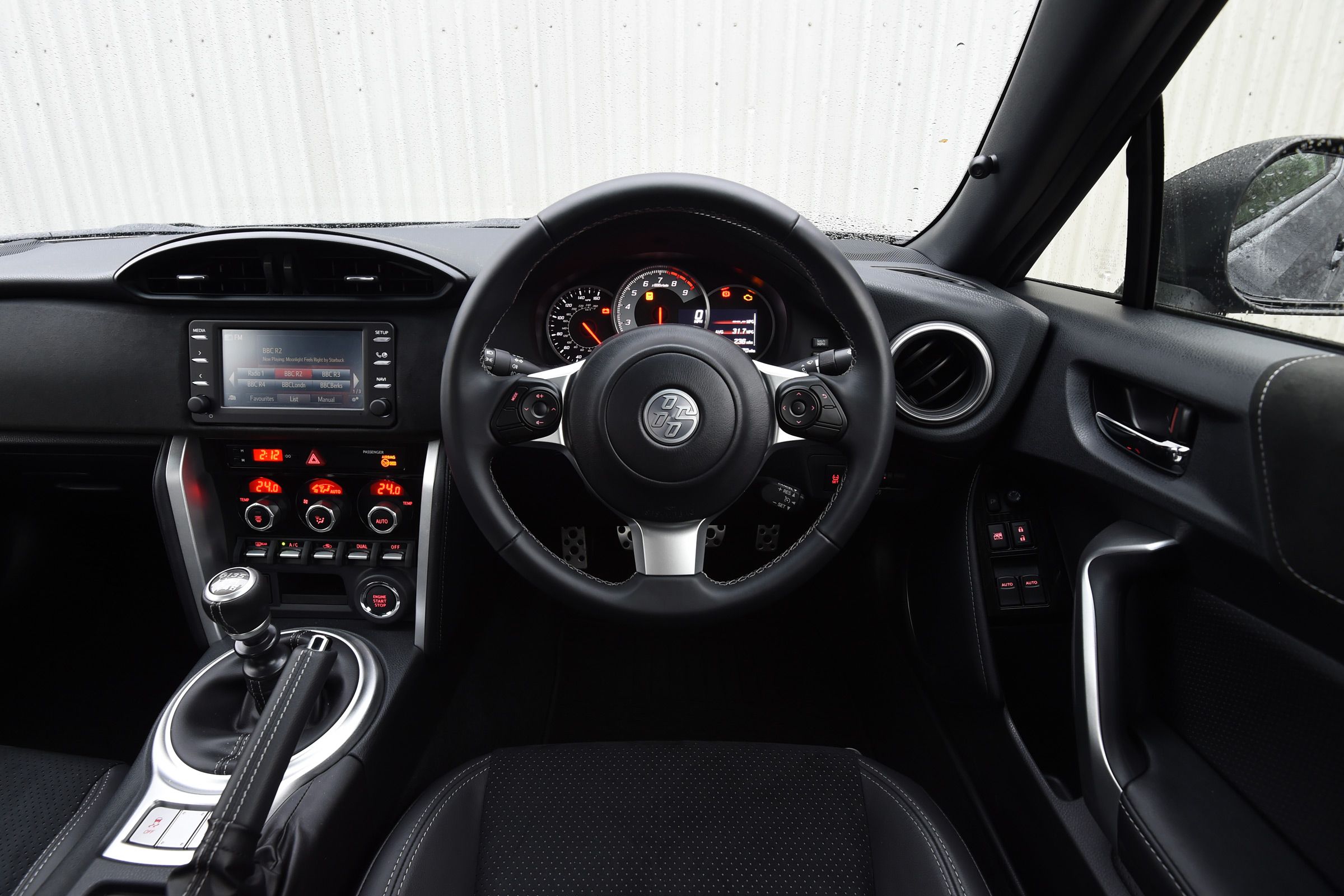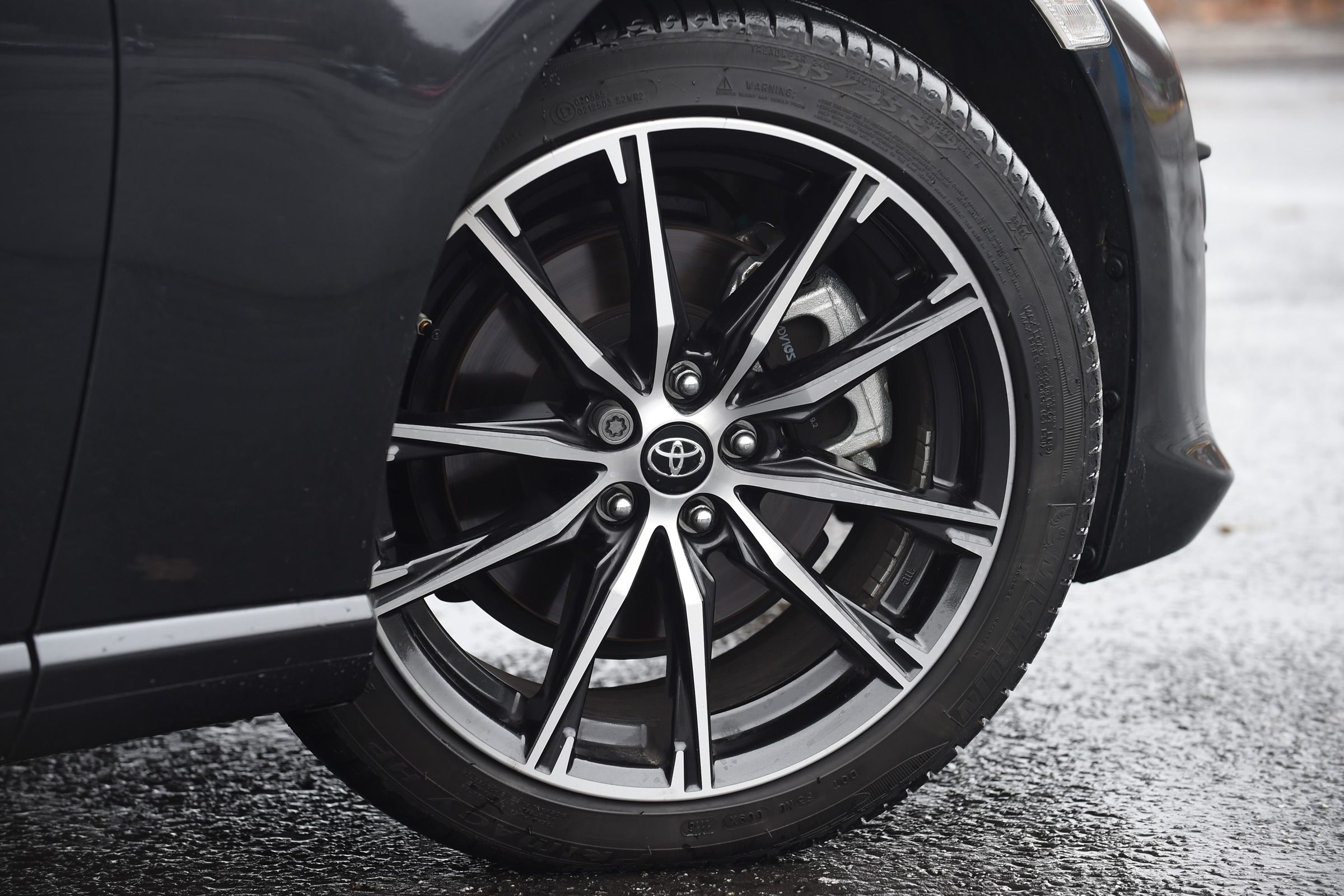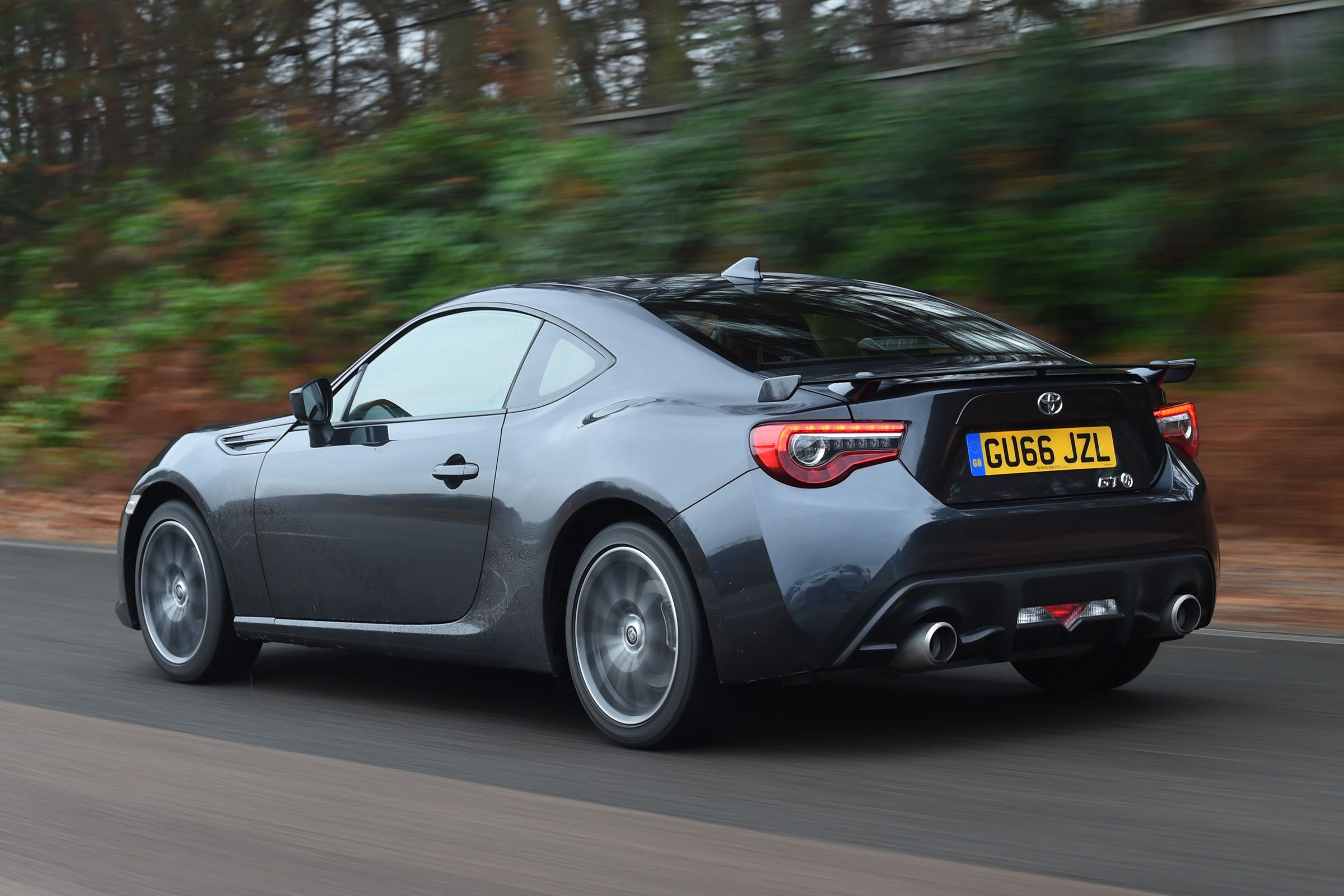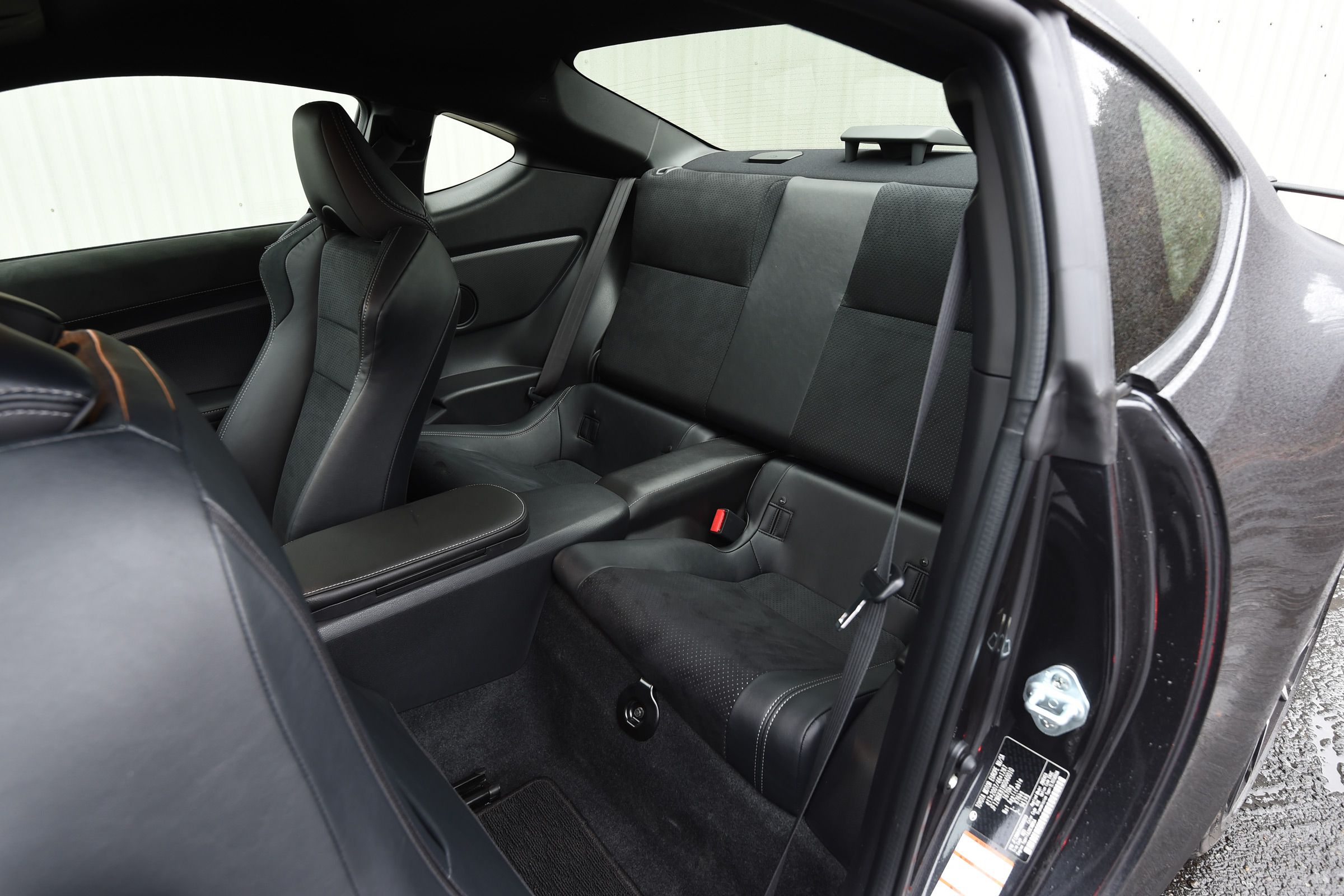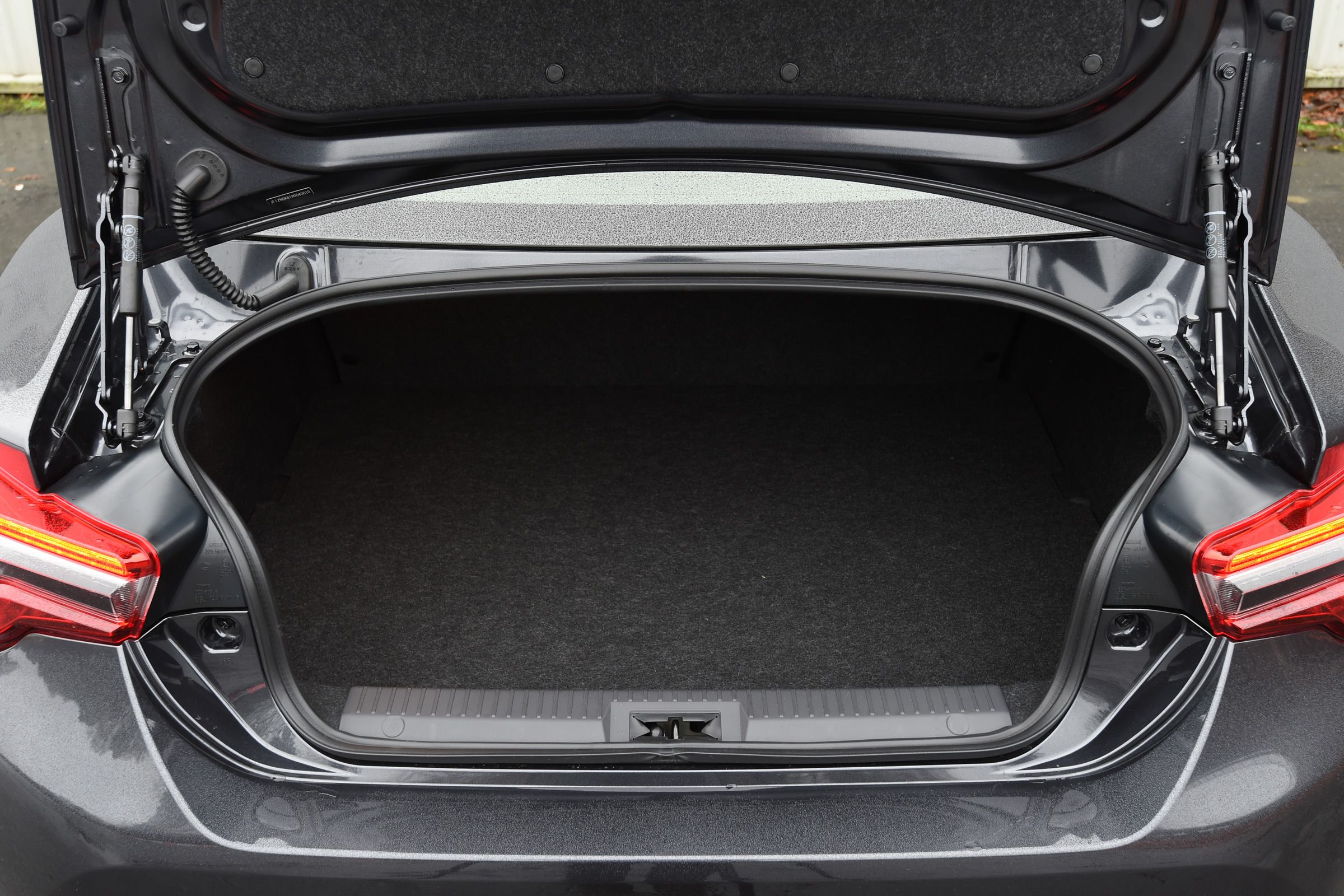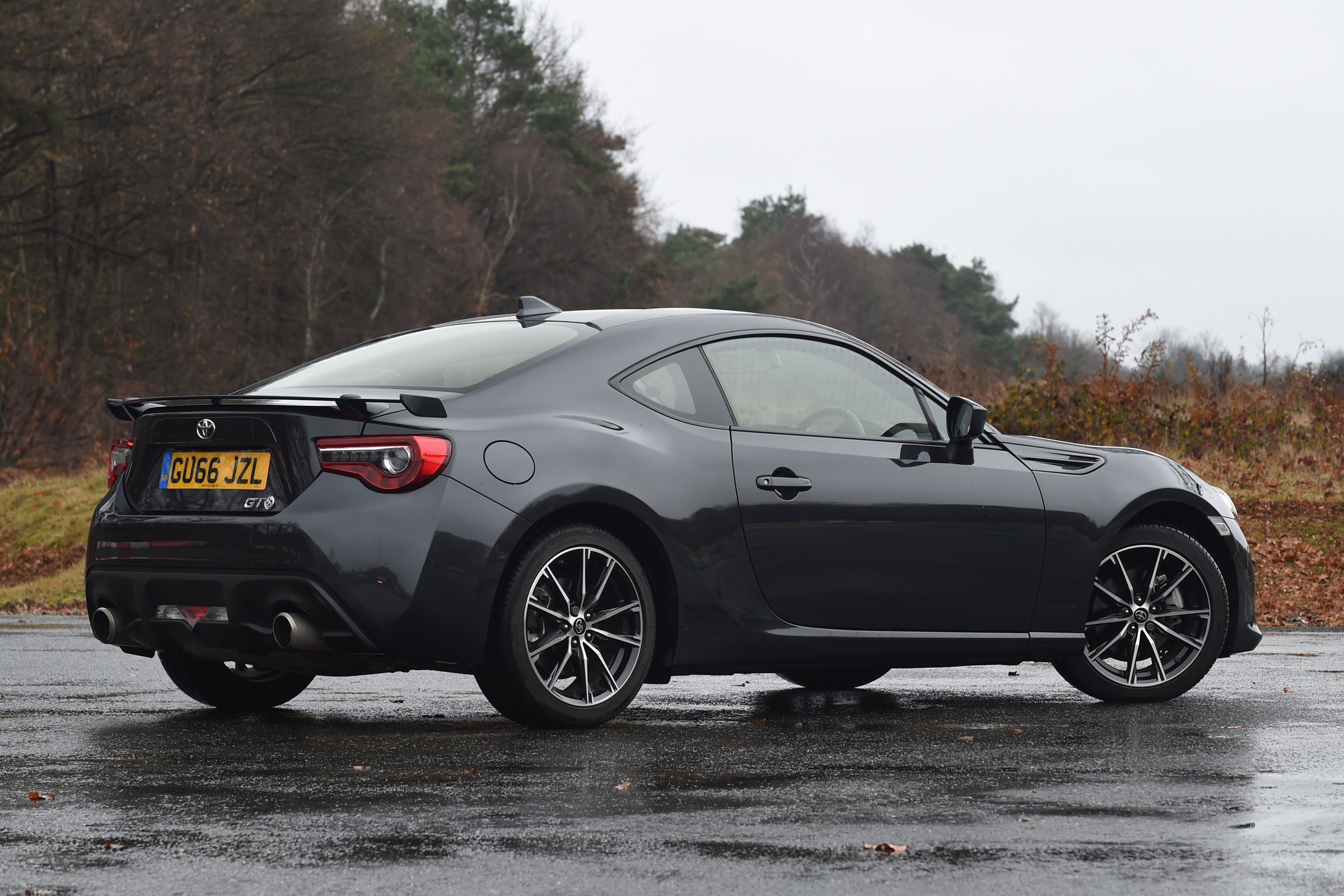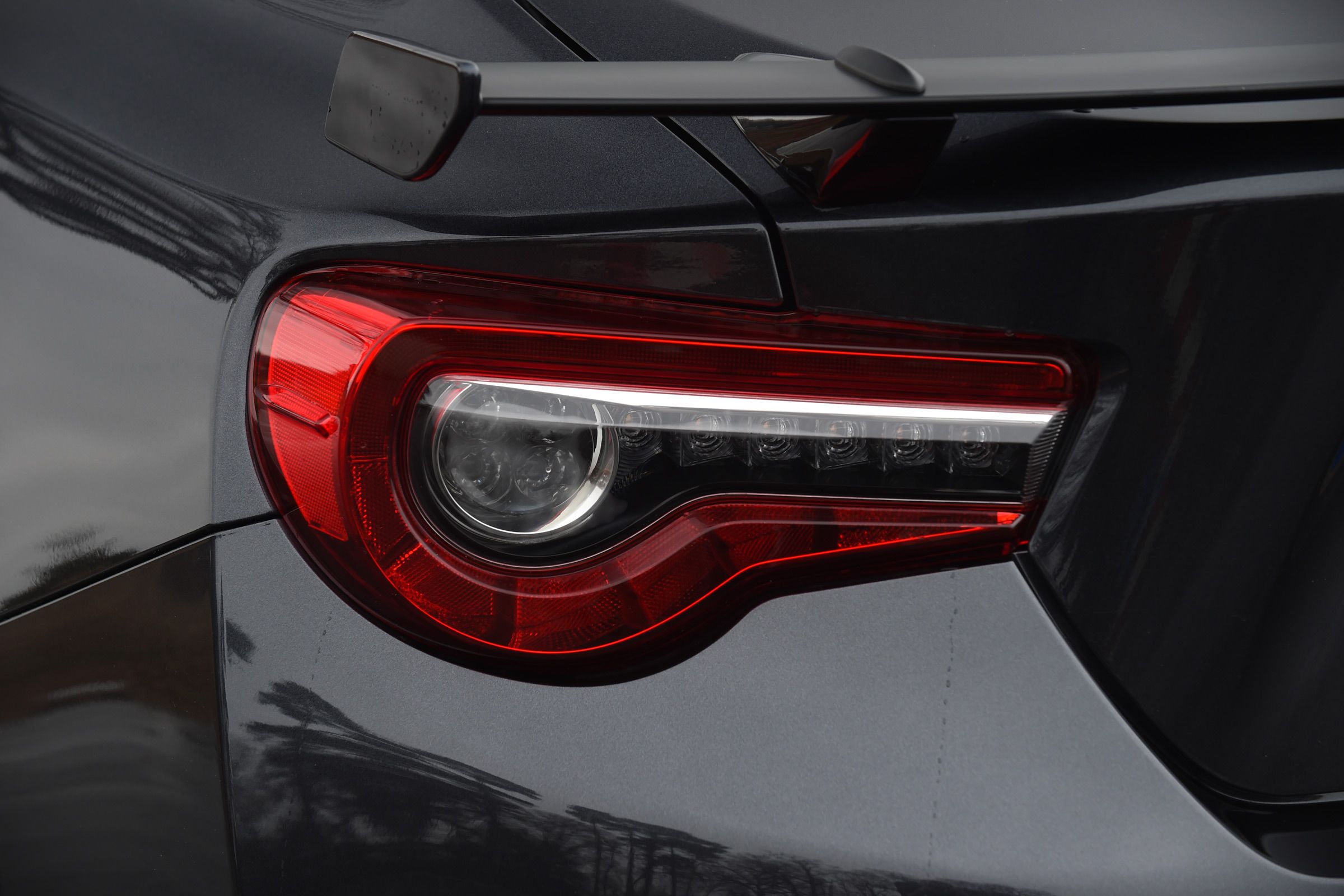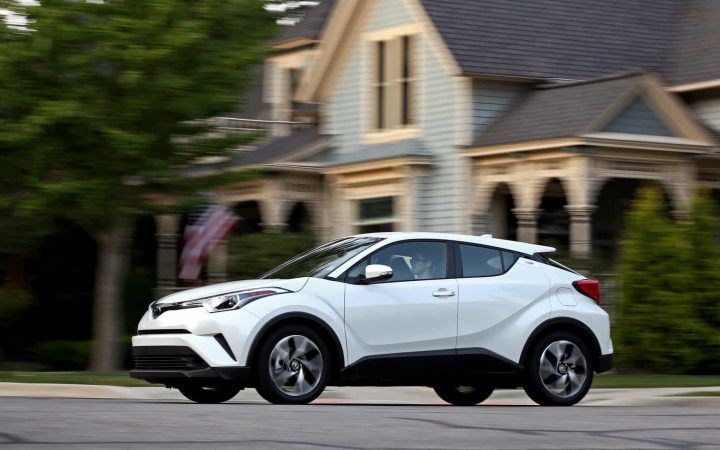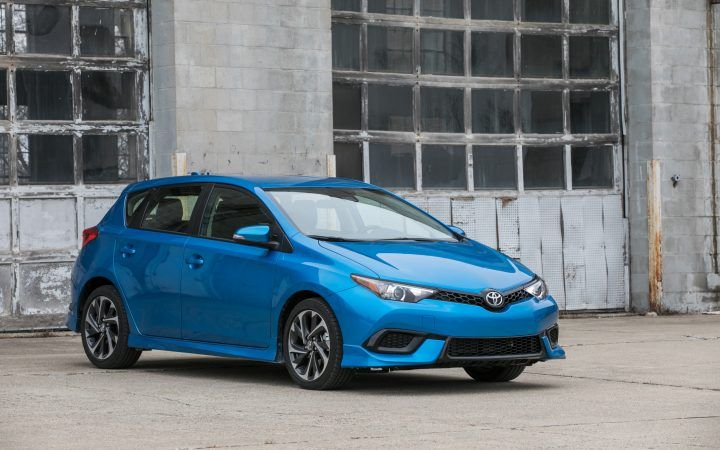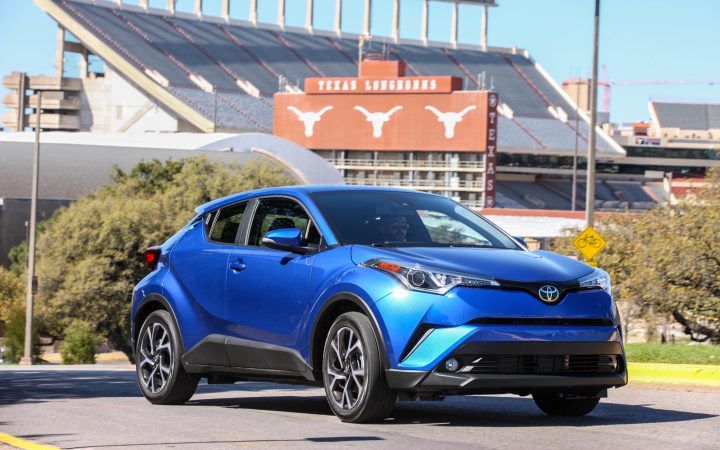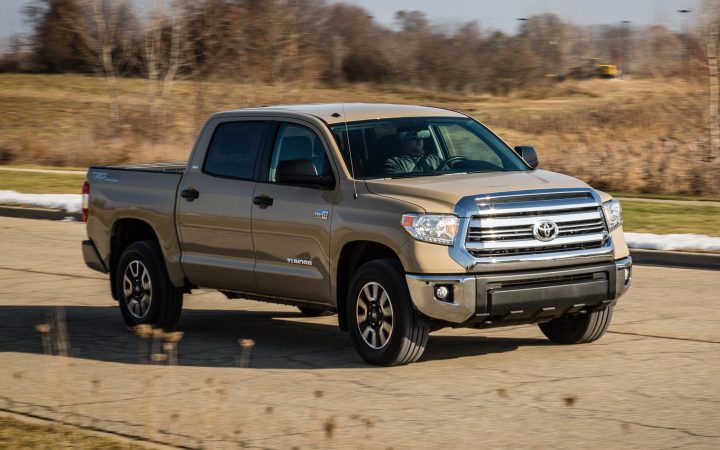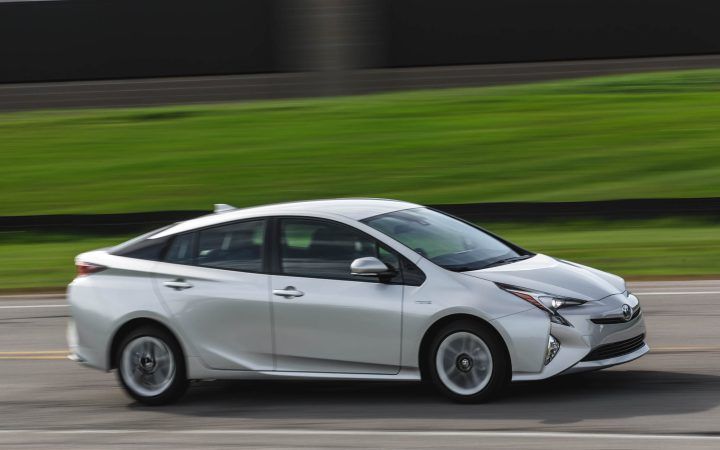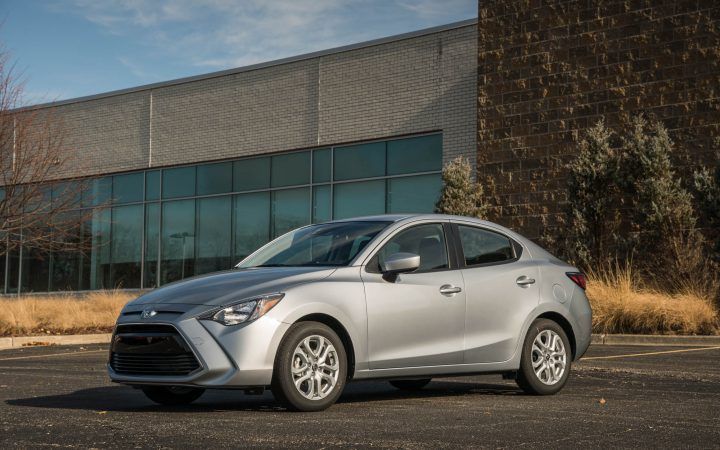Inspired by Toyota's esteemed sports car heritage and models such as the 2000GT and AE86 Corolla, the Toyota GT86 has taken on the role of a pioneer for Toyota's mission to build cars that are more enjoyable and rewarding to drive. This goal is supported by Toyota President Akio Toyoda, who proclaimed "if it's not fun to drive, it's not a car".
The Toyota GT86 adheres to the classic sports car blueprint in its compact size, light weight, low centre of gravity, and front engine/rear-wheel drive configuration. Its powertrain is innovative, featuring a high-revving 2.0-litre, naturally aspirated, horizontally opposed "boxer" four-cylinder engine, produced by Subaru and equipped with Toyota's D-4S direct fuel injection.
The Toyota GT86 has demonstrated its quality on the road, track, and rally stage. In fact, data and feedback from the car's performance in the arduous Nürburgring 24 Hours through TOYOTA Gazoo Racing was used to shape the changes and improvements now available for the 2017 model - the first major changes to the car.
In rallying, Toyota Motorsport's development of the GT86 CS-R3 has brought the thrill of rear-wheel drive back to the sport in a car that is cost-effective and suitable for grass-roots enthusiasts, yet homologated to compete at all levels up to the World Rally Championship.
Under the hood, there have been meticulous adjustments to the suspension and damping, aiming to enhance handling, stability and ride comfort, and measures have been implemented to increase body rigidity.
One of the most significant developments in the 2017 GT86 from a driver's point of view is a new Track mode, allowing them to experience performance driving with minimal interference from electronic Vehicle Stability Control and traction control systems. The car's new multi-information display grants them real-time access to power and torque curves, G-forces, and a stopwatch to monitor successive lap times.
The addition of the Track mode is just one part of an extensive rethink of the GT86's electronic control and handling systems, including the performance of the ABS and traction control. Chief Engineer Tetsuya Tada believes that these changes will make the biggest difference to the car's handling potential, taking advantage of the knowledge gained from the coupe's participation in motorsport.
In terms of design, the new car hasn't gone through a radical transformation, but it has matured its existing styling, further emphasising the car's low and wide sporting stance. Changes include new LED headlight units with integrated LED daytime running lights and turn indicators, a lower nose and a revised front bumper. At the rear, there's a new full-width, wing-type spoiler. Every alteration, even the smallest detail, has been made to improve the car's aerodynamics, all under the instruction of Tetsuya Tada, the GT86's inspirational Chief Engineer.
Customer feedback has also been taken into account for the revisions to the coupe, particularly in the cabin where new trim and upholstery materials enhance the sensory quality and a new small-diameter steering wheel creates an even stronger connection between driver and car.
The end result is a car that is a stronger embodiment of the principles that define the GT86 as an authentic, high-quality driver's car. As President Akio Toyoda said: "If it's not fun to drive, it's not a car".
The MacPherson strut front suspension has been finely tuned to deliver improved handling, stability and ride comfort, as well as better steering feel. The spring rates have been optimised and the axis load control system has been engineered to reduce the difference in steering force on the left and right hand sides. Additionally, the springs are able to flex as well as compress, helping to create a smooth and easy-to-control steering feel.
The Showa shocks got a revamp too, with the guide bushing's sliding surface changed for better friction and improved handling and stability. Damping force was reduced for a comfier ride. Optional SACHS shocks will take your response, stability and roll to the next level.
The rear double wishbone suspension was tweaked for better turning, handling and stability. This was done with optimised coil spring rates and changes to the shocks, plus an increase in the diameter of the rear anti-roll bar.
The Toyota GT86's body rigidity is key to its amazing handling and driveability, and different high-tensile steels were used to get the perfect balance of strength, torsional stiffness and light weight. The hood is made from sheet aluminium and the wings from thinner sheet steel, keeping the coupe light.
For the 2017 GT86, even more measures were taken to boost body rigidity and durability, like a thicker mounting bracket for the front suspension towers, a thicker reinforcement in the transmission crossmember, additional reinforcements in the rear wheel arches and extra weld points. The centre and front of the rear panel also got a lot thicker.
Toyota has tailored the Vehicle Stability Control system on the GT86 to give drivers maximum control and the purest driving experience. You can activate Track mode with a switch on the center console and an indicator lamp will light up in the driver's multi-info display. This reduces electronic interference, so you can get your hands dirty and push the car to its limits.
You can choose from four VSC and TRC settings. Normal driving has both systems on, but you can turn off TRC to help with rough surfaces. VSC Sport mode expands the range of lateral acceleration and movement before the system kicks in, so you can explore the car's dynamics without sacrificing stability.
Toyota has made adjustments to the car's ABS and traction control based on data from motorsport events like the Nürburgring 24 Hours. Chief Engineer Tetsuya Tada believes these changes will help drivers make the most of their skills and unlock the GT86's full potential.
The car's "aero-sandwiching" concept keeps it stable without generating unnecessary downforce or increasing its drag coefficient. The "pagoda" roof and the car's underbody are designed to work together for this purpose.
Chief Engineer Tetsuya Tada wanted changes to the GT86's exterior design to have a positive effect on handling and stability, down to the tiniest detail. The front bumper got a new blocking surface below the grille with two "teeth" and the lower edge of the bumper was angled to 45 degrees to help airflow. The lower part of the rear diffuser was also set at 45 degrees.
The new wing-type rear spoiler had a good effect on aerodynamics and stability. It stretched across the back of the car with end plates working with the vertical mounts to make a wraparound airflow. This created a downforce to keep the car stable at speed.
The Toyota GT86's powertrain is the same, with a high-revving, naturally aspirated 2.0-litre, horizontally opposed "boxer" engine driving the rear wheels. Toyota added its D-4S direct fuel injection tech to the Subaru-sourced engine, getting better throttle response, power and torque across a wide range of engine speeds.
Driving the rear wheels through a six-speed manual or auto transmission, the 1,998cc 16-valve DOHC unit produces a max 200 DIN hp/147kW at 7,000rpm and 205Nm of torque between 6,400 and 6,600rpm. 0-100km/h acceleration is 7.6 seconds with manual, 8.2 seconds with auto.
The changes to the GT86's exterior weren't made to create a different look; they were to develop the car's existing style, making it look more mature and sporty. Toyota stayed true to their concept of combining modern lines with visual references to their classic sports cars, like the 2000GT.
The GT86 revs up its style with a wider, low-set grille, a pronounced lower lip on the front bumper and a lowered nose. Plus, the nose fin and LED fog lamp surrounds with a triple-strake design are both aerodynamic and eye-catching. The headlight units have been restyled with bi-LED lamps and the turn indicators moved to the headlamp clusters. This creates a stronger horizontal axis, giving the car a wider, mature look.
The coupe silhouette, "pagoda" roof, low centre of gravity and door apertures all evoke the 2000GT. It's 4,240mm long, 1,320mm tall, 1,775mm wide and 2,570mm wheelbase. The areas forward of the front wheels and aft of the rear wheels have been shaped for a sporty feel. There's even a new integrated fin on the wing garnish to control body roll.
To top it off, the GT86 has a new 17-inch cast alloy wheel design with 10 ultra-slim spokes and a bright and gun metal grey machine finish. Looks great and performs even better!
The rear of the GT86 got a makeover with a wider, deeper black molding and diffuser unit creating a strong, lower-stronger look. Replacing the integrated component design, a wing-type rear spoiler adds sporty style and improved aerodynamics. Rear LED light clusters were reworked with a horizontal line and new LED turn indicators for a unique lighting signature.
Inside, the GT86's cabin is designed to emphasize its sporty quality, with improved functionality and higher visual and tactile quality. The steering wheel was reduced by 3mm to 362mm, making it the smallest yet featured on a Toyota production car, and its cross-section was calculated so when the driver holds it, their arms are angled slightly inwards. It also features sculpted, metal-effect spokes and a silvered 86 logo on the center boss. Plus, new control switches on the wheel adjust the 4.2-inch color TFT multi-function display and audio system. The instrument display was revised with a triple-dial arrangement, including the multi-information read-out to provide real-time data that can be easily adjusted.
The multi-info display in the Toyota GT86 shows off key info like fuel economy, journey details, coolant temp and cruising distance, plus performance-focused stuff like G-force monitor, power and torque curves, stopwatch and lap times. It also shows the 86 logo when you start the car and alerts you to open doors and low coolant. The tachometer is reoriented so peak power at 7,000rpm is at the top. Plus, there's a 6.1-inch touchscreen for easy access to the audio system (including optional DAB digital reception) and Toyota Touch 2 with Go multimedia and sat nav. You get three years' free map updates and access to connected services like live traffic info, Google Search and Twitter.
The Toyota GT86 has a fresh, all-black interior that not only looks sporty, but also reduces glare, giving you a clear view of the road. Plus, it's got a new carbon-fibre mesh pattern trim on the door switches and vent panel. You can also opt for buckskin pattern upholstery on the instrument binnacle hood, or a combo of leather and perforated Alcantara seat facings in black or black with red leather detailing. Plus, the cloth upholstery has been upgraded for better body-holding performance.
The multi-info display shows more driving-focused details, like G-force, power/torque curves, stopwatch, and lap times.





